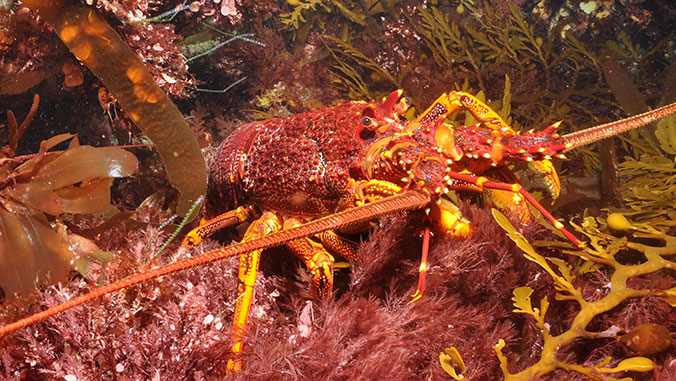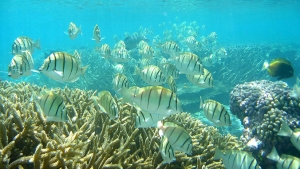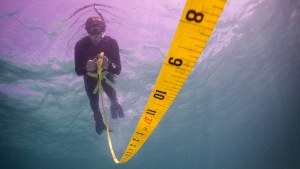
An international team of researchers focused on what can happen to ocean ecosystems when fishing pressure increases or decreases, and how this differs between tropical to temperate marine ecosystems. The team, led by Elizabeth Madin, a researcher at the Hawaiʻi Institute of Marine Biology in the University of Hawaiʻi at Mānoa School of Ocean and Earth Science and Technology (SOEST), found ecosystems do not respond universally to fishing in a study published in Ecology and Evolution.
There has been much debate about the degree to which ocean ecosystems are impacted by fishing, also termed “top-down forcing” because such changes occur when predators at the top of the food web are removed, versus the availability of nutrients and other resources in an ecosystem, termed “bottom-up forcing.”
“Examples from a variety of marine systems of exploitation-induced, top-down forcing have led to a general view that human-induced predator perturbations can disrupt entire marine food webs, yet other studies that have found no such evidence provide a counterpoint,” said Madin.


Madin worked with an international team of marine ecologists, particularly those from the Australian Institute of Marine Science and the University of Tasmania. Using time-series data for 104 reef communities spanning tropical to temperate Australia from 1992 to 2013, they aimed to quantify relationships among populations of predators, prey and algae at the base of the food web, latitude and exploitation status over a continental scale.
Big picture yields new insights
As expected, no-take marine reserves—where fishing is prohibited—led to long-term increases in predator population sizes.
“This is good news for fishers, because as populations increase, the fish don’t recognize the reserve boundaries and are likely to ‘spill over’ into adjacent areas where fishing is allowed, creating a kind of insurance policy whereby marine reserves ensure the ability of fishers to catch fish into the future,” said Madin.
The team was surprised to find that in the tropics, the system tends to be driven predominantly by bottom-up forcing, whereas colder, temperate ecosystems are more driven by top-down forcing.
“I assumed at the start of the project that in places where fishing pressure was high and predators were depleted, we would see consequent increases in the population sizes of the predators’ prey species, and the decreases in the prey’s prey species,” explained Madin. “However, in the tropical part of our study system, that is, Australia’s Great Barrier Reef, this simply wasn’t the case. This result had me scratching my head for quite some time, until I realized that this type of domino effect, called a trophic cascade, is simply a real, but rare, phenomenon in the tropics.”
“Only by looking at the very big picture, it turned out, were we able to find these trends,” said Madin.
For more see SOEST’s website.
—By Marcie Grabowski

